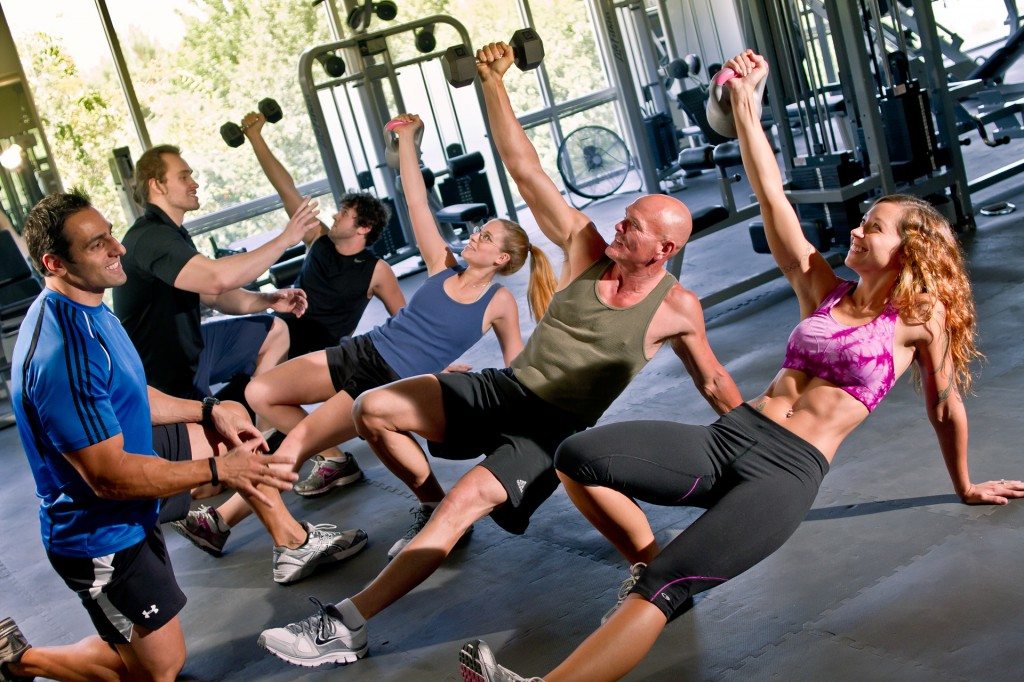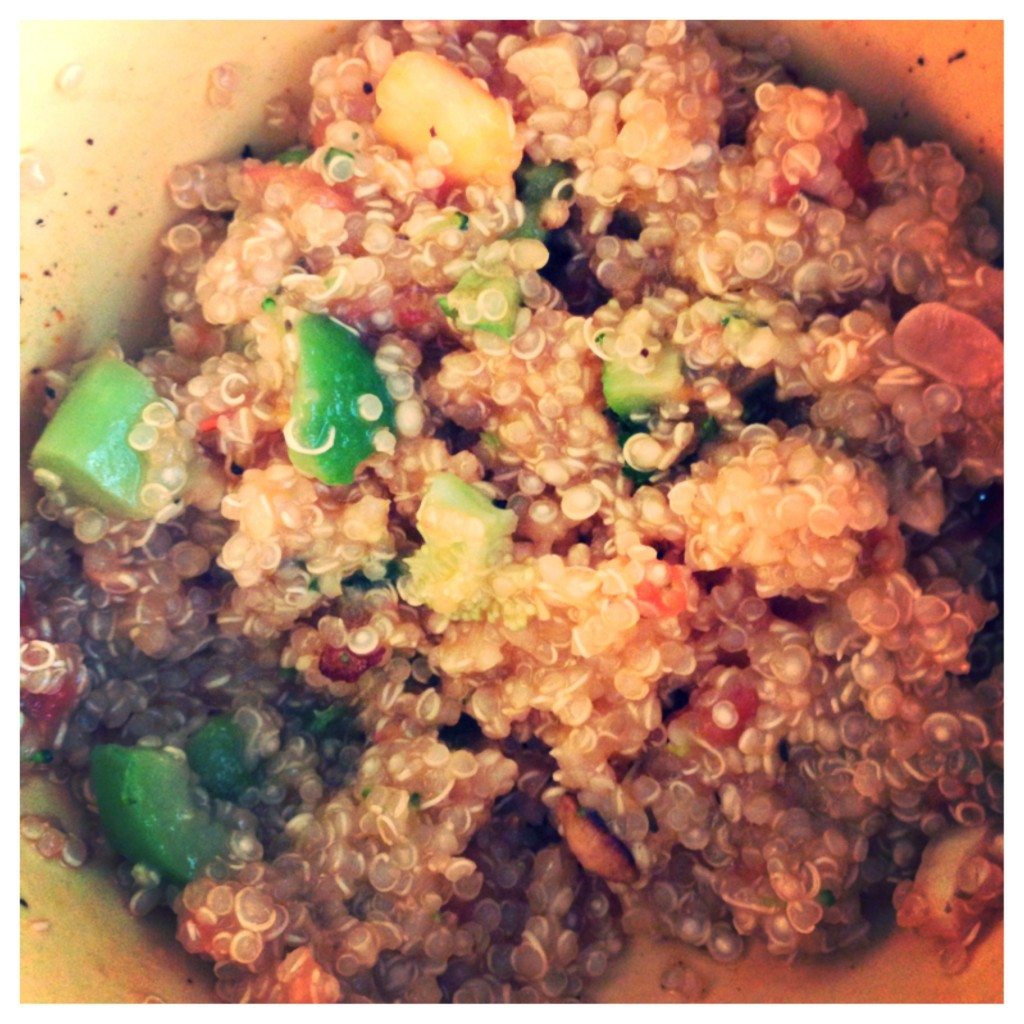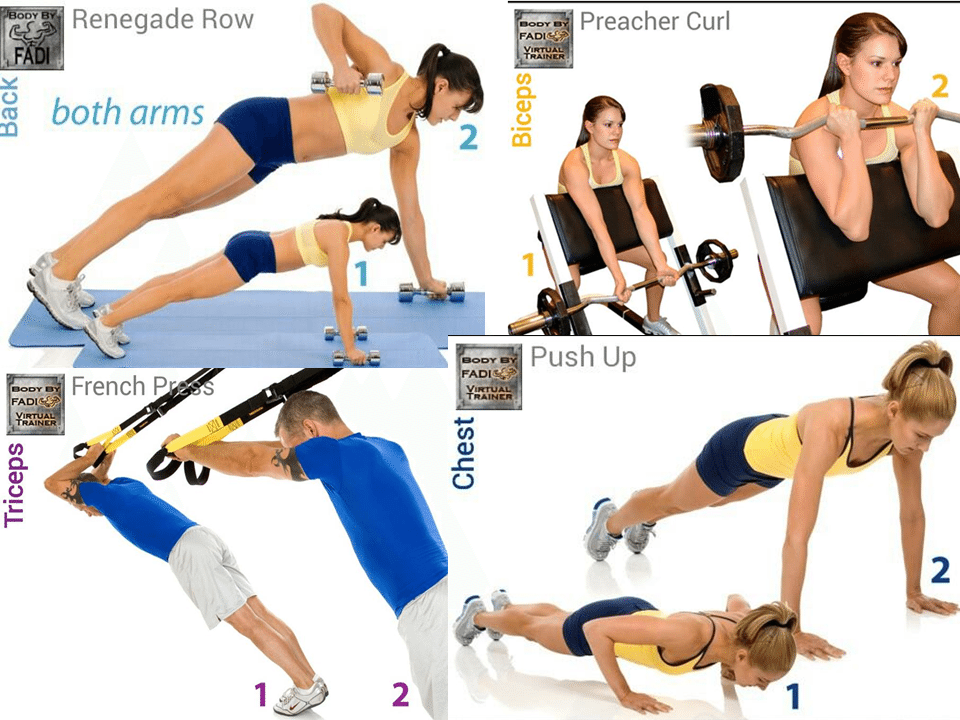


Reasons For The Warm-Up Part I
Most athletes warm up before working out or competing to improve performance and to help prevent injury.
But to come up with a complete answer, you must be specific. What kind of warm-up are you doing? For what kind of activity are you warming up and what is your current conditioning level.
In this 2 part series you will discover the theoretical purpose of warm-up exercises, the psychological factors created by warming up and 4 styles of warm-up that will help improve your game!.
Physical Purpose Of Warming Up
-
Increased Muscle Temperature
-
Improved Metabolic Adjustment
-
Increased Velocity Of Nerve Conduction
-
Increased Capillaries Opened In Muscle
Psychological Factors Of Warming Up
- Skilled performance improves with activity identical or directly related to actual workouts and corresponding sports activities.
- Prior physical activity improves the “mental set” or attitude of the athlete, especially when the activity is related to the workout or corresponding sporting activity.
- Increased arousal or enthusiasm, eagerness and mental readiness.
One potential drawback of warming up is: Fatigue
Don’t mistake a good warm-up session for your workout.
Field Warm Up
This is the first of 4 warm-up styles you will learn over the next 2 blog posts.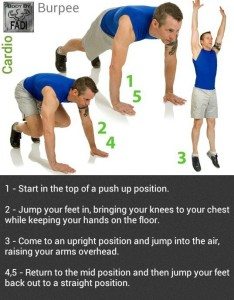
Field warm-up is an athletic series of exercises done on an open field used for outdoor or indoor. Performed at a light pace with some stretching similar to bootcamp style exercise not using any equipment, jogging and light calisthenics are examples.
Coming In Our Next Posting
Interval Warm Ups / Bar Warm Ups / 430’s Dynamic Treadmill
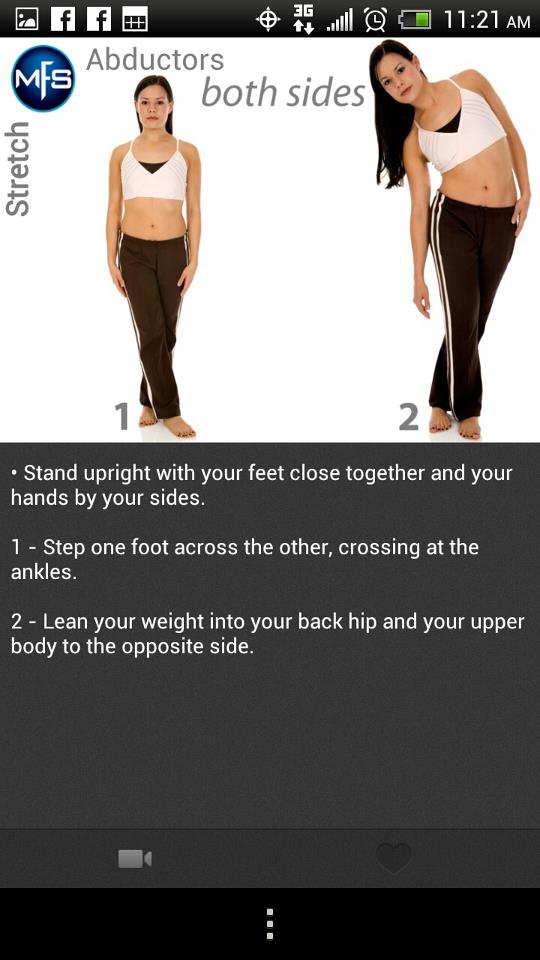
The Overlooked Aspect Of Stretching
Stretching is one of the most overlooked aspects of a workout program / active lifestyle. The reality is that our bodies are designed to move on a near constant basis. But modern lifestyles have drastically changed human behavior and routines to a more sedentary lifestyle.
Hard physical labor has been replaced with more sedentary “mental” work styles which involve sitting at desk or standing in one place for extended periods of time.
A way to combat this sedentary lifestyle is to get up and MOVE. Take a walk, do some pushups and yes even stretch. And always, always- it is important to stretch your body before, during and after every workout. Stretching will keep your body warm and lubricated and it will help reduce injuries.
There are several ways to stretch. The two we will discuss are static stretching and ballistic stretching.
Static stretching is the typical method of stretching. Usually it is longer in duration lasting 30 to 60 seconds during each stretch. Ballistic stretching is the style Olympic swimmers use to warm up. They swing their arms back and forth very rapidly but smoothly to avoid injury. Both techniques work. But I recommend sticking mostly to the static technique and then add ballistic occasionally.
Stretching:
- Reduces muscle tension
- Improves performance

- Increases range of motion
- Increases flexibility
Stretching Tips
- Spend 10 – 30 seconds in each stretch. Don’t bounce.
- Good idea to stretch / warm-up at the same time.
- Perform before/during/after a work out and throughout the day.
- Along with stretching I recommend monthly or bi-monthly massage therapy. Deep massage helps the body eliminate lactic acid build up from weight training or other intense muscle activity.
- It is good to schedule chiropractic alignments.
Checkout your Virtual Trainer for many stretching routines!

One Arm Deadlift Side Raise
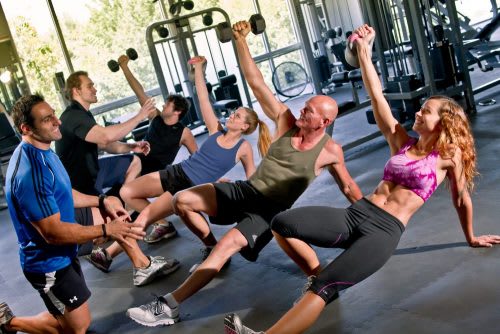
Exercise Less To Be More Fit
Exercise Less To Be More Fit
Sounds too good to be true, right? A recent study showed that the amount of exercise is what matters not the frequency. The study involved over 2,000 participants who were asked to wear accelerometers to track their physical activity. The findings indicated participants who exercised for a total of 150 minutes over a day or two versus participants who spread their 150 minutes out over a week’s time received the same health benefits of the workouts.
This is good food for thought. New “evidence” is constantly surfacing about the latest in health and nutrition. Its hard to know whats accurate. Six out of seven days of the week, you’ll find me up at 5:30 am getting ready for my workouts which last 45-60 minutes. How is it even possible to cram that much exercise into a day or two? And even if it was possible, it doesn’t seem realistic it would produce the same health benefits. Surely, I would collapse from exhaustion before I was even halfway through; that doesn’t sound very healthy. I may not ever find out the answer to that, but I have a couple guesses. When reading studies like these, you’ve got to take into consideration what isn’t being said as much as what is being said. For instance, the author defines “health benefits” as a decrease in risk factors such as diabetes, stroke, and heart disease. A health benefit to me is those things plus a leaner body with less fat and more muscle. However, the study doesn’t mention taking it to that level. In that case, a participant who didn’t exercise at all and then started exercising 150 a minutes a week within the time frame of a couple of days, of course, would receive those health benefits.
Common sense is our friend. I love staying up to date on current health and nutrition news, but I take it all with a grain of pink himalayan salt. I have to consider the source, the context, and most importantly, what works for me. Working out six days a week works for me. I’m a nicer person when I work out, I feel more prepared for chasing around two small children, and I like having that time at the beginning of the day all to myself while the rest of the world sleeps peacefully. All in all, I don’t think I’ll be testing out this theory anytime soon. What about you?
References:
Fadi Malouf – Nutritionist and Personal Trainer
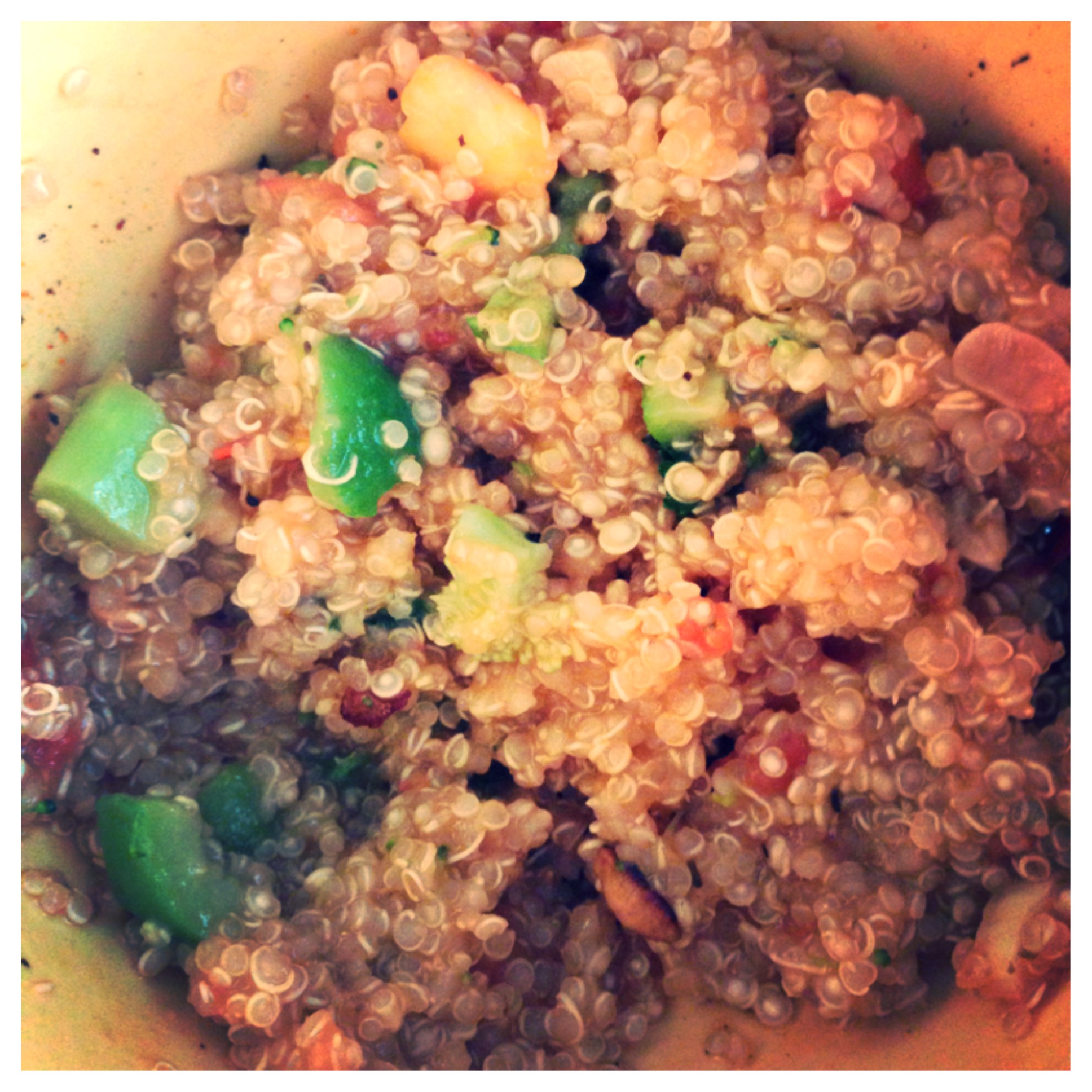
Summertime Vegetable Quinoa
A Perfectly Complete Protein
Summertime Vegetable Quinoa
Combine quinoa and water in a pot and bring to a boil. Reduce heat and simmer covered for 15 minutes. Add tomato. In a different skillet heat evoo over medium heat. Add green pepper, garlic and pine nuts/soy nuts and sauté until green peppers are tender. Add to the quinoa and tomato, and sprinkle with fresh parsley, salt, and pepper. That’s it! So unbelievable easy and delicious. Enjoy, and to your health!
Macros for one out of four servings: 259k cals, 10g fat (1.3g sat, .4g poly, 4.1g mono), 35.5g carbs (4.1g fiber, 4.6g sugar), 7.3g protein, 220.7mg sodium, 200.8mg potassium
References:
Tania Funduk – Fitness and Food Guru
Fadi Malouf – Personal Trainer and Nutritionist

